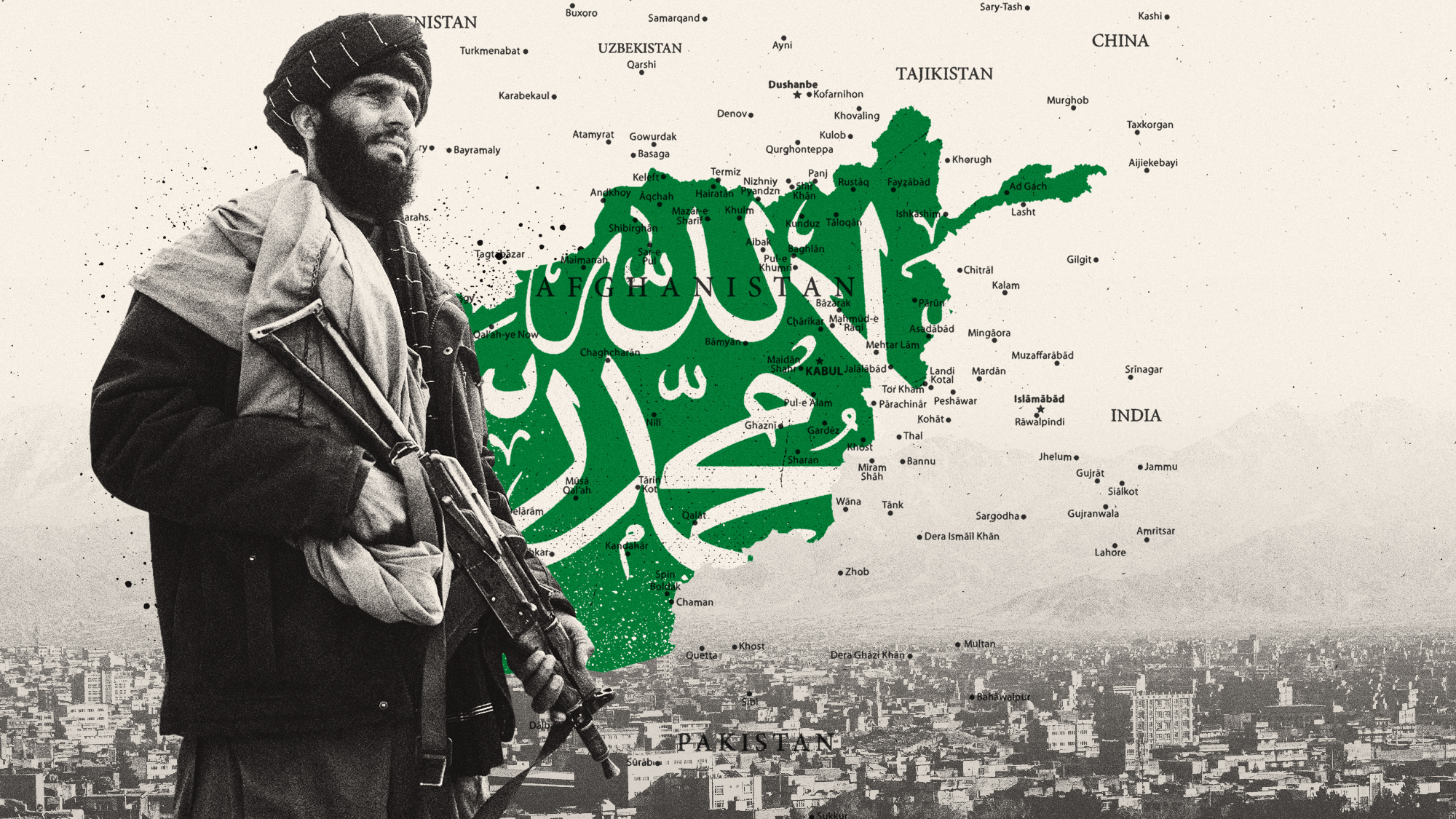Arresting image of human elephant conflict wins photo prize
‘Hell is here’ shows two elephants running from a mob hurling flaming tar balls

A photo of an elephant and a calf fleeing a mob that set them on fire has won top entry in a wildlife photography competition.
The image “shows the two animals running among a crowd that has hurled flaming tar balls and crackers at them, reportedly to ward the elephants away from human settlements,” says The Guardian.
Titled “Hell is here”, the picture was taken by Biplab Hazra, a wildlife photographer from West Bengal’s Bankura district, and won the 2017 Sanctuary’s Wildlife Photographer of the Year award.
The Week
Escape your echo chamber. Get the facts behind the news, plus analysis from multiple perspectives.

Sign up for The Week's Free Newsletters
From our morning news briefing to a weekly Good News Newsletter, get the best of The Week delivered directly to your inbox.
From our morning news briefing to a weekly Good News Newsletter, get the best of The Week delivered directly to your inbox.
Announcing the award, Sanctuary magazine said “this sort of humiliation... is routine”.
“The ignorance and bloodlust of mobs that attack herds for fun, is compounded by the plight of those that actually suffer damage to land, life and property by wandering elephants and the utter indifference of the central and state government to recognise the crisis that is at hand,” the magazine said in a note accompanying the photograph.
“For these smart, gentle, social animals who have roamed the subcontinent for centuries, hell is now and here,” added Hazra.
The photo caused consternation on social media.
A free daily email with the biggest news stories of the day – and the best features from TheWeek.com
Mainak Mazumder, who lives in Bankura, commented that villagers were responsible for “heavy habitat destruction” and that “elephants have been subjected to terrible abuses and tortures,” reports the BBC.
But, Mazumder added, elephants also have “wreaked havoc” by destroying crops, damaging farmland, and have “killed innocent people”.
In March of this year, forest officials in West Bengal’s Bankura district started issuing SMS alerts about the movement of elephants to prevent human-animal conflicts that killed 29 people last year, the Hindustan Times reported.
“This sort of conflict is increasing every day,” said Christy Williams, the World Wildlife Fund country director in Myanmar, who researches elephants in the region.
He said elephants were increasingly being pushed out of existing habitats by human behaviour. “There are forests being cut down, degraded, and also being fragmented by development like new roads and pipelines.”
Co-existence between humans and elephants was especially difficult, Williams said.
“Elephants are huge – they are the biggest mammal on land and they have huge home ranges, around 800 sq km. Such huge unreserved forest tracts are becoming very rare,” he said.
“In the end, humans always win, whatever the species, however powerful it is.”
-
 The Week’s big New Year’s Day quiz 2026
The Week’s big New Year’s Day quiz 2026Quiz of the Year How much do you remember about 2025’s headlines? Put yourself to the test with our bumper quiz of the year
-
 Is tanking ruining sports?
Is tanking ruining sports?Today's Big Question The NBA and the NFL want teams to compete to win. What happens if they decide not to?
-
 ‘Netflix needs to not just swallow HBO but also emulate it’
‘Netflix needs to not just swallow HBO but also emulate it’instant opinion Opinion, comment and editorials of the day
-
 Will the mystery of MH370 be solved?
Will the mystery of MH370 be solved?Today’s Big Question New search with underwater drones could finally locate wreckage of doomed airliner
-
 How Bulgaria’s government fell amid mass protests
How Bulgaria’s government fell amid mass protestsThe Explainer The country’s prime minister resigned as part of the fallout
-
 Normalising relations with the Taliban in Afghanistan
Normalising relations with the Taliban in AfghanistanThe Explainer The regime is coming in from the diplomatic cold, as countries lose hope of armed opposition and seek cooperation on counterterrorism, counter-narcotics and deportation of immigrants
-
 Pakistan: Trump’s ‘favourite field marshal’ takes charge
Pakistan: Trump’s ‘favourite field marshal’ takes chargeIn the Spotlight Asim Munir’s control over all three branches of Pakistan’s military gives him ‘sweeping powers’ – and almost unlimited freedom to use them
-
 Femicide: Italy’s newest crime
Femicide: Italy’s newest crimeThe Explainer Landmark law to criminalise murder of a woman as an ‘act of hatred’ or ‘subjugation’ but critics say Italy is still deeply patriarchal
-
 Brazil’s Bolsonaro behind bars after appeals run out
Brazil’s Bolsonaro behind bars after appeals run outSpeed Read He will serve 27 years in prison
-
 Americans traveling abroad face renewed criticism in the Trump era
Americans traveling abroad face renewed criticism in the Trump eraThe Explainer Some of Trump’s behavior has Americans being questioned
-
 Nigeria confused by Trump invasion threat
Nigeria confused by Trump invasion threatSpeed Read Trump has claimed the country is persecuting Christians